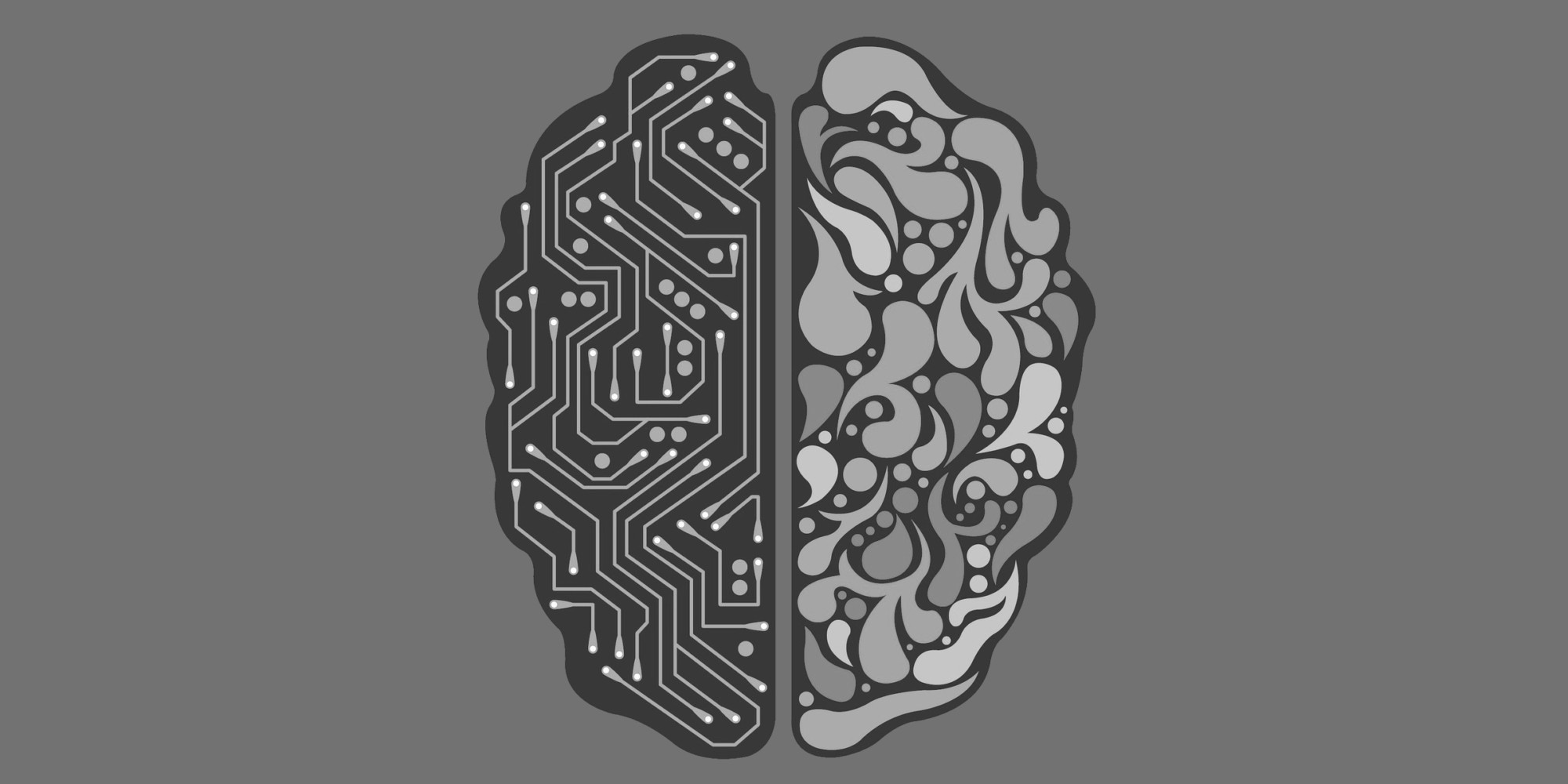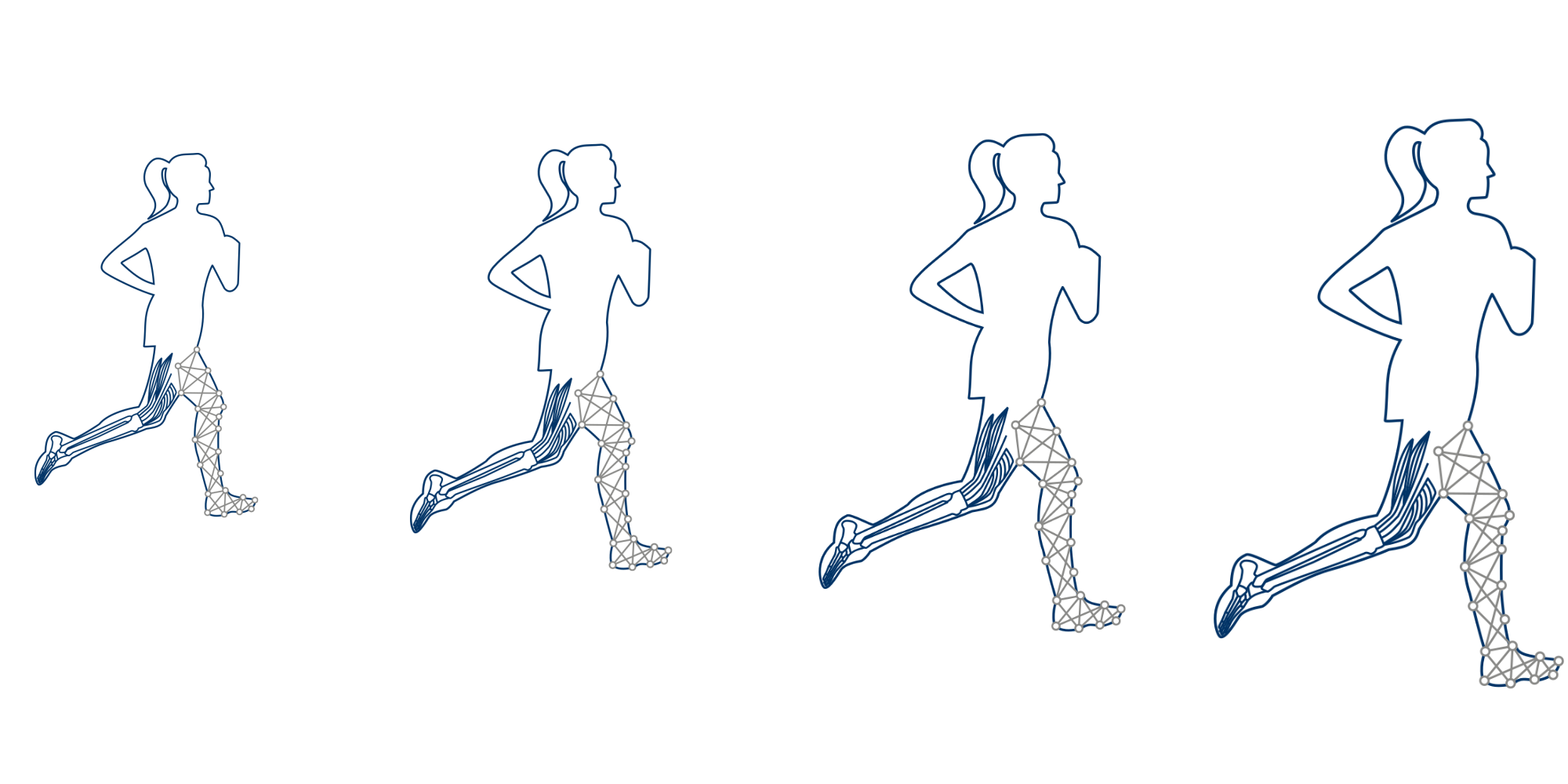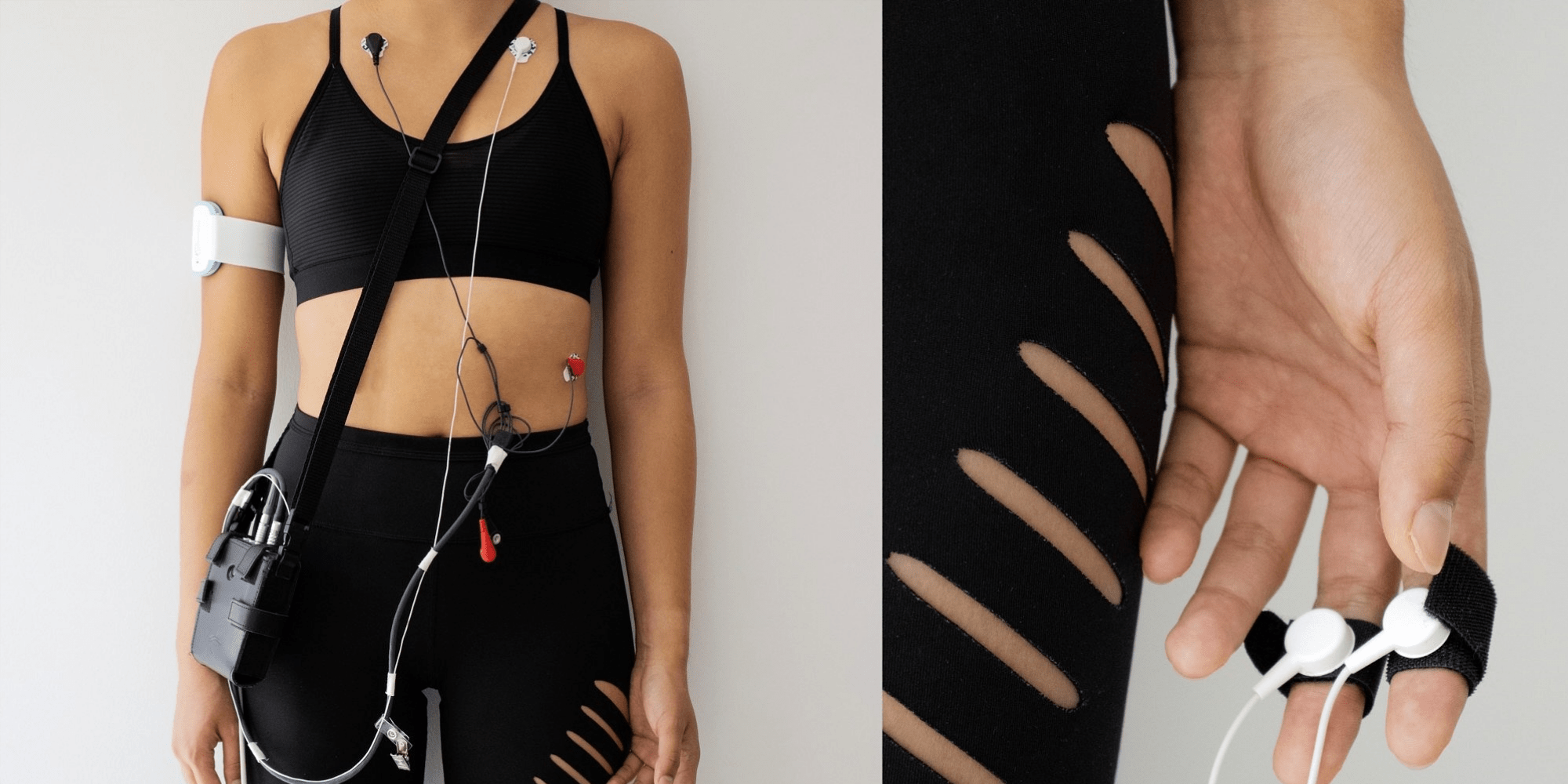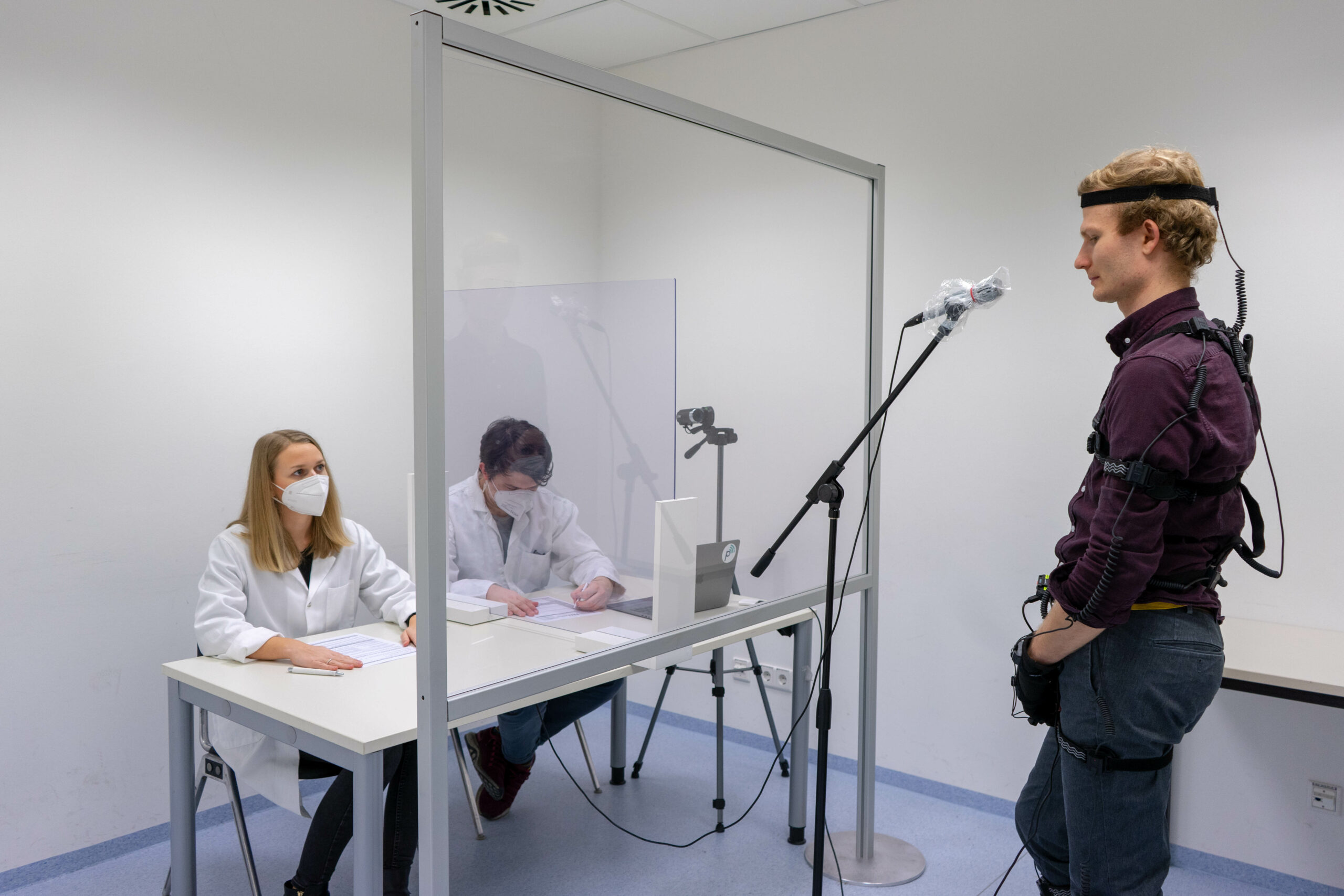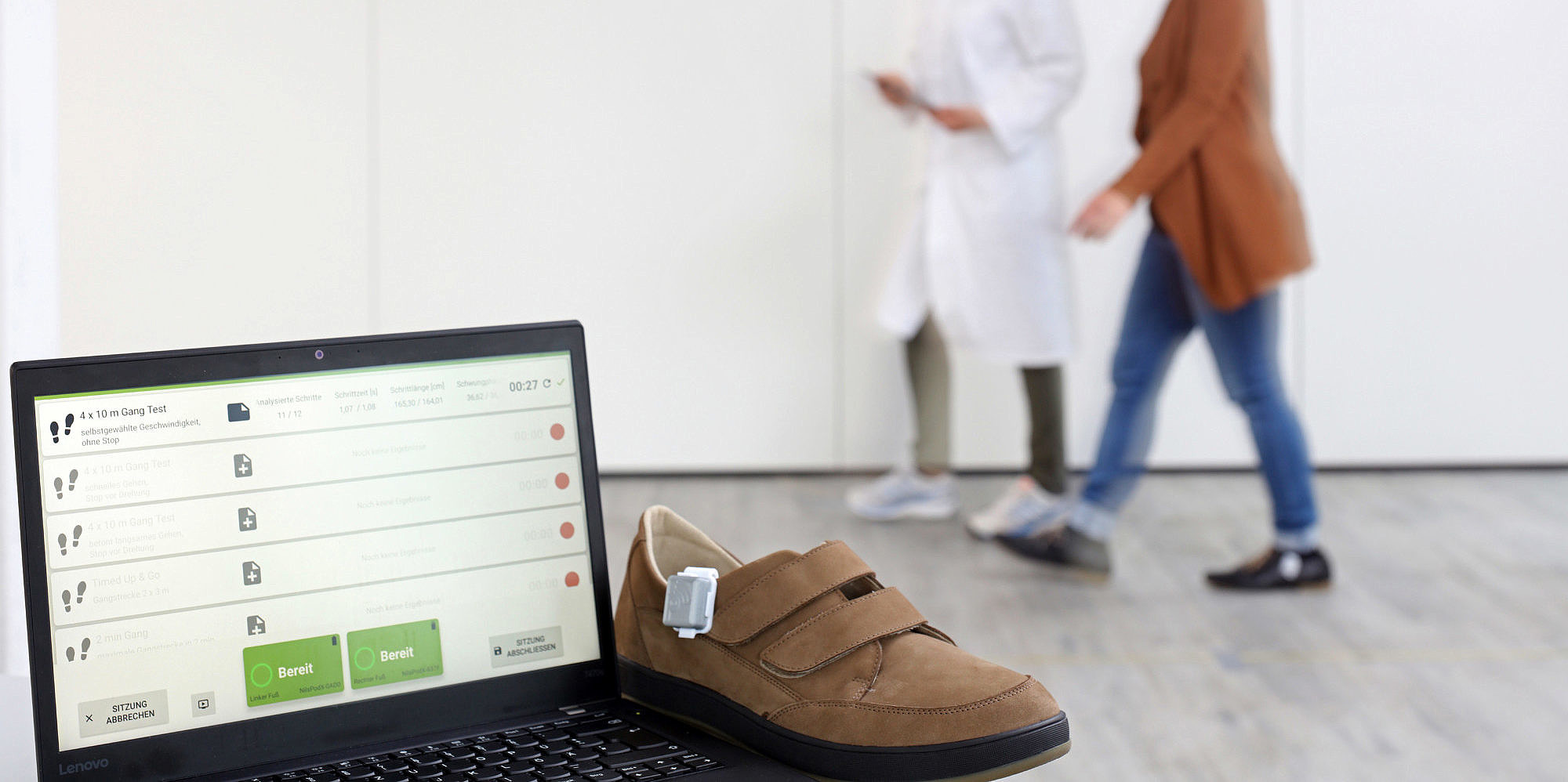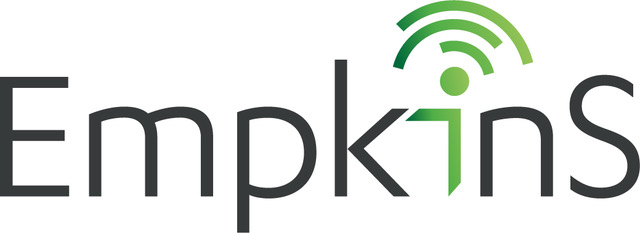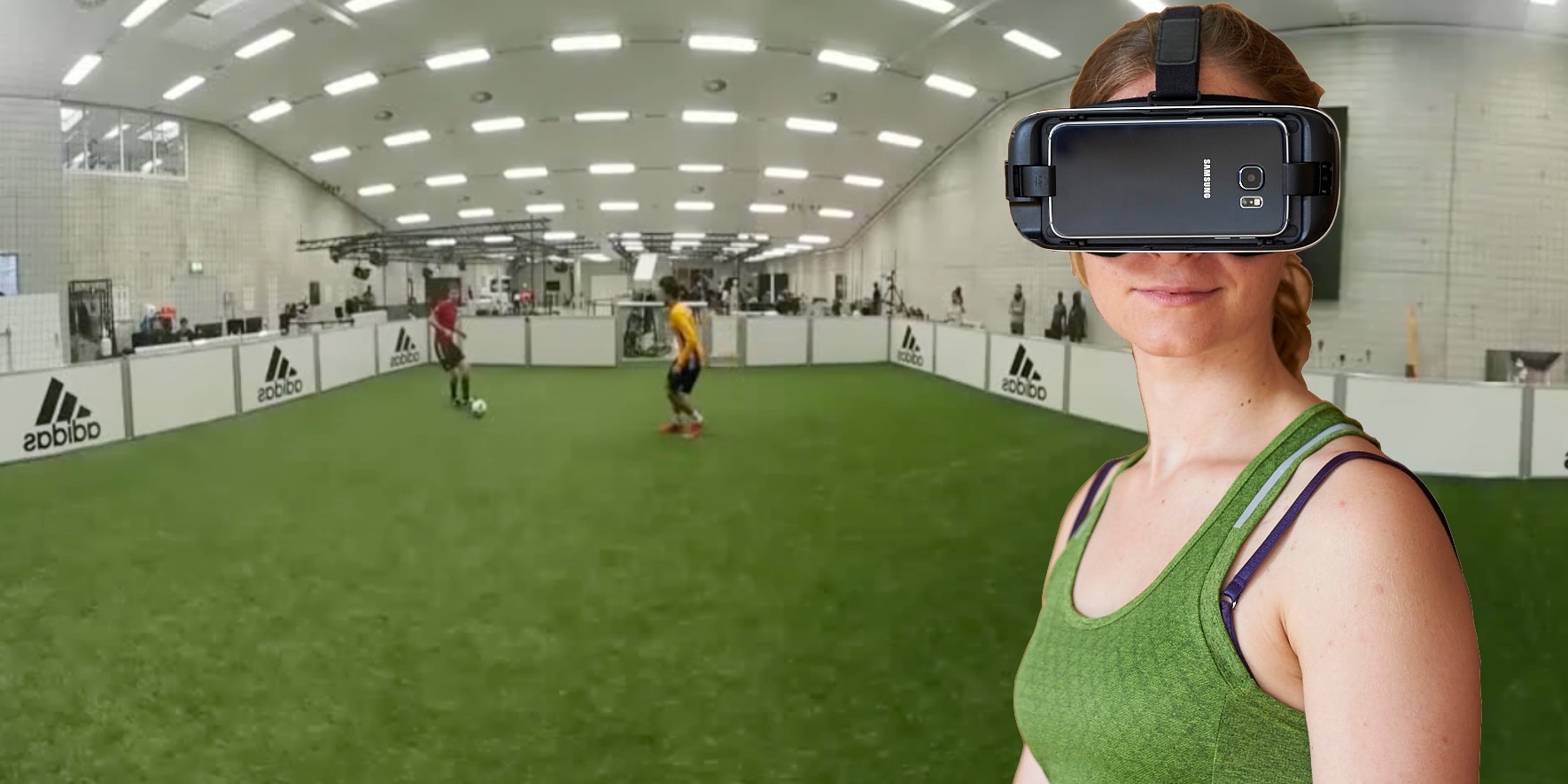Research Groups
The MaD Lab is organized into seven research groups working on different interdisciplinary topics:
Applied Machine Learning
The Applied Machine Learning group aims to develop and apply novel Machine Learning methods for real-world applications. Emerging digitalization allows companies from different fields of industry to produce and collect data from various resources. This is realized by technologies like the Internet of Things (IoT), cyber-physical systems and cloud-computing. To effectively handle this big data, Deep Learning and Signal Processing techniques are needed to provide powerful and promising solutions.
Group head:
Group page
Biomechanical Motion Analysis and Creation
The Biomechanical motion analysis and creation (BioMAC) group aims to develop methods for accurate analysis and simulation of human motion, focused on gait. Movement simulations are created by solving trajectory optimization problems, using an objective related to energy, a musculoskeletal model to model the body and muscle dynamics, and constraints to define the movement task. Experimental studies are used to capture human motion for tracking and as reference. With our research, we aim to better understand human motion, and design better devices, such as prostheses, exoskeletons, and running shoes, as well as prevent injuries, such as knee osteoarthritis. Thereby, we focus on wearables and the combination of physics-based models with machine learning methods.
Group head:
Group page
Digital Health – Biosignals
Acquiring and evaluating biomedical signals are essential aspects of the modern healthcare landscape. The Digital Health – Biosignals group addresses the acquisition of a variety of biosignals with wearables (e.g., smartwatches, smartphones) and intelligent processing and evaluation algorithms based on supervised, semi-supervised, and unsupervised machine learning approaches. The group is also developing novel machine learning algorithms integrated into innovative digital health support applications covering multiple components of healthcare, including health promotion and prevention, diagnosis, therapy, and rehabilitation/care. This includes the integration of human-computer interaction modalities.
Group head:
Group page
Digital Health – PsychoSense
The Digital Health – PsychoSense research group aims to explore the potential of digital technologies in psychological research to better understand human psychology and behavior. Many psychological research areas still rely on “traditional” methods, such as laboratory protocols or the collection of self-reports or obtrusive, often invasive biomarkers which lack of digital solutions and might limit the advancements of these areas. Thus, our goal is to tackle this issue by working at the intersection of technology, health, and psychology. The research projects of our group include the development of mobile apps, wearable and contactless sensing paradigms, machine learning algorithms, or other digital platforms that can assist in the assessment, induction, or intervention of various psychological states. We also explore the use of virtual reality, biofeedback, and other novel technologies for enhancing emotional regulation, stress management, or cognitive performance.
Group head:
Group page
Digital Health – Gait Analytics
Our group focuses on the development and application of novel hardware and software tools for movement and gait assessment. To optimally assess functional limitations in real-world conditions, we develop unobtrusive wearable sensor systems that can acquire movement and other physiological data in the clinic as well as in the patients’ home environment. The obtained clinical data in general and home monitoring data in particular are sensitive with regard to privacy and require new storage, handling, and access concepts. As a basis for safe and efficient data processing we investigate appropriate data management concepts and contribute to novel medical data infrastructures. From an analytical perspective, the efficient data processing of those large data sets requires sophisticated signal processing and machine learning tools to efficiently derive clinically relevant parameters, such as interpretable spatio-temporal parameters. This allows us to gain insight into disease related symptoms and mechanisms in order to provide feedback to patients, researchers and physicians regarding clinical interventions, treatment efficacy, or disease progression. Artificial intelligence tools are used to create decision support systems that may support clinicians to optimize and individualize treatments. By developing novel movement analysis algorithms based on signal processing and machine learning and by improving existing state-of-the-art methods we aim to shape a healthy digital future.
Group head:
Group page
Empatho-Kinaesthetic Sensor Technology (EmpkinS)
The CRC 1483 “Empatho-Kinaesthetic Sensor Technology” (EmpkinS) investigates novel radar, wireless, depth camera, and photonics-based sensor technologies as well as body function models and algorithms. The primary objective of EmpkinS is to capture human motion parameters remotely with wave-based sensors to enable the identification and analysis of physiological and behavioural states and body functions. To this end, EmpkinS aims to develop sensor technologies and facilitate the collection of motion data for the human body. Based on this data of hitherto unknown quantity and quality, EmpkinS will lead to unprecedented new insights regarding biomechanical, medical, and psychophysiological body function models and mechanisms of action as well as their interdependencies. The MaD Lab contributes to EmpkinS within several part projects.
Group heads:
Group page
Sports Analytics
The Sports Analytics group applies different methods in the fields of Machine Learning, Signal Processing, Wearables and Human-Computer Interaction to analyze and predict human motion and performance. For gaining deeper insights into the behavior of athletes in specific sports like running, soccer or volleyball, we conduct in-the-wild and lab studies using inertial measurement units (IMUs), motion capture systems, video, and extended realities. The group also utilizes extended realities to simulate training scenarios and applies them to various fields of application like therapy or performance improvement. Our research contributes to the development of more precise analysis tools in sports and rehabilitation, and thus makes the assessment and training more efficient. This can lead to an increase in performance, but also help to recognize harmful movement patterns for the prevention of injuries.
Group head:
Group page

